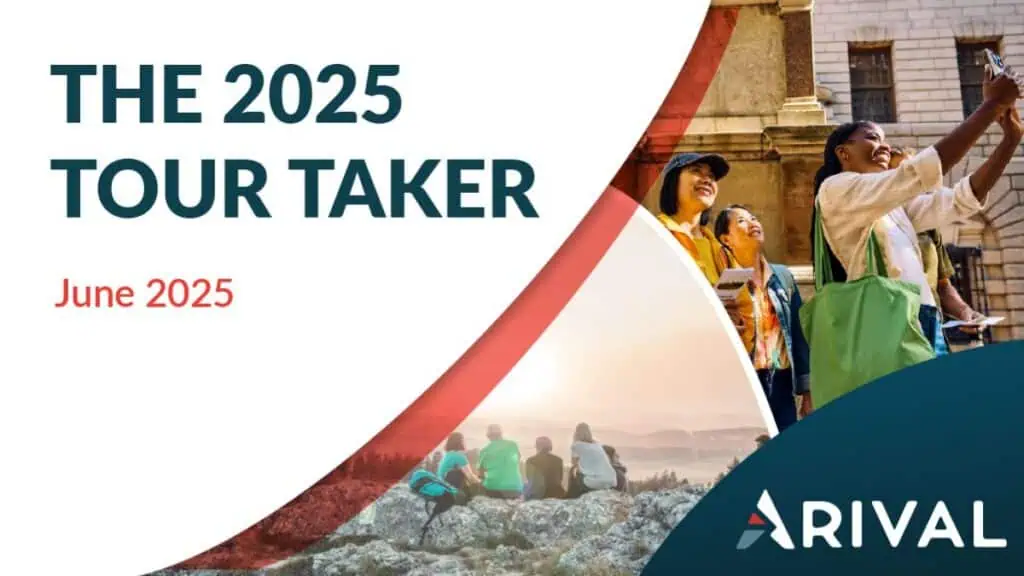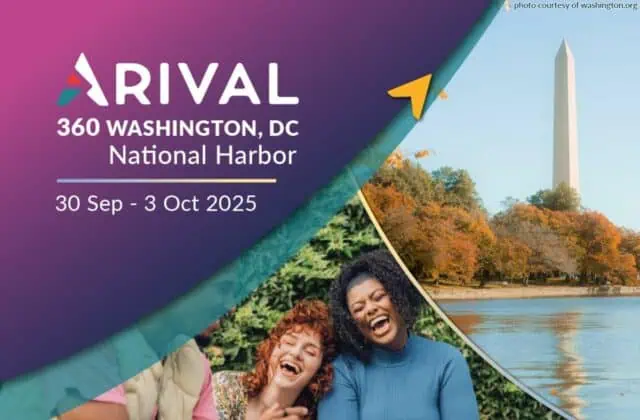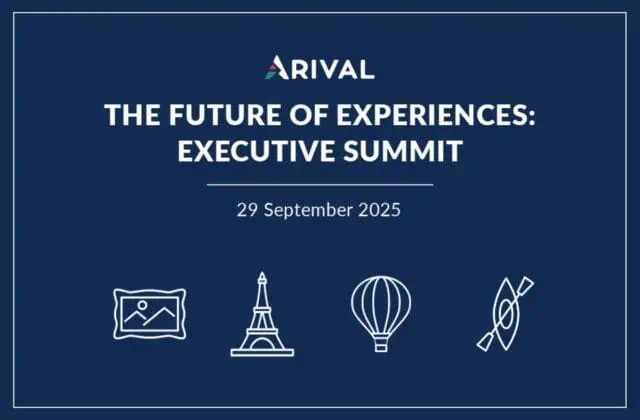Contracting time is always around the corner, and if you are planning to attend any upcoming trade shows, then this is the best time to market test your rates for the upcoming year.
For tour operators, attractions and activity providers, working with distributors and resellers means it’s essential to regularly review your rates to ensure you’re able to make a healthy profit through a variety of distribution channels. This article will provide a framework for you to follow.
What is the difference between a net rate and a commissionable rate?
A commissionable rate is your retail rate on which you have agreed to pay a specific commission. For example, your local travel agent sells your tickets and you pay them 10% commission for each ticket sold. Your tickets are $100 each – so after the guest has booked and taken the tour or experience, and you pay the reseller 10% (which in this instance, is $10) commission.
A net rate is the base rate you negotiate with your reseller partner. They then add their own markup, which should be an agreed recommended retail price (RRP). So, in effect, the commission is already taken out.
For example:
Your retail rate is $100 per ticket/seat.
25% of this is $25
$100 – $25 = $75.
The net rate is $75.
You contract to the relevant trade partner to sell your ticket /seat at $75 per ticket. This rate is a confidential rate. They will still sell your ticket at $100 to the customer directly and pay you the $75 and hold onto the $25. So essentially, they mark up their net rate by 25% to align it with your retail rate (RRP).
Where does the 25% go?
Although commission rates of course vary, let’s continue with the example of 25% commission for now (which is a fairly standard rate when working with some resellers). If you are working with offline trade (inbound tour operators, wholesalers or receptive operators or DMCs), then this is passed along the chain of distribution.
For example, an inbound tour operator (ITO, also known as a receptive operator or DMC) may keep 7-10%, and then pay an additional 7-10% to a travel agency or reseller they work with. Everyone is paid for their portion of making the sale.
For online travel agencies (OTAs), they keep the full amount and often invest this back into marketing campaigns and technology. Where applicable, they may also have to pay affiliate partners and travel agent programs.
Working with trade partners allows your business further reach into international markets than what your website can ever do. If you are working with an ITO/receptive, they contract multiple wholesalers in overseas markets who then sell via their network of travel agencies. In addition to this, working with OTAs/ITOs/receptives means that they do a lot of marketing to your target customer in-market. They translate your products and itineraries into language and they can include you in marketing campaigns in key source markets.
The greatest thing about this is that you only pay the sales and marketing costs when you get the booking. The main thing to remember here is that if you were to pay for a marketing campaign to drive direct business, you pay the marketing fee upfront and then wait for the bookings to come in. You will then need to calculate your cost per acquisition (CPA) and compare that with the cost of working with trade distribution. Working with travel industry distribution partners is a lower risk opportunity for entering into a new market.
How to set your net rates
To set your net rates, take your retail rate (the rate that you sell to the public with) and from that work out the percentage off you can work with and still have a profitable sale. If you are working with inbound tour operators, receptives or DMCs, then you would take approximately 25%-30% from your retail rate. If you work with outbound tour operators (wholesalers or sell directly into a source market) directly, then the commission rate would be somewhat lower – approximately 20-25%.
Remember that everyone down the chain has to receive their “piece of the pie” for the sale.
This net rate framework is the travel industry best practice, and we highly recommend that you set this up from the beginning:
ITOs/Receptives: 25-30%
Wholesalers/OTAs: 20-25%
Travel agents: 10-15%
If you are an attraction that also works with tour operators who also distribute via ITOs, then you may need to contract them between 30-35% as they will receive between 5-10% after they pay their own nets to the ITOs.
Keeping within this framework also ensures that you have all your contracts in bands and not contracting “any old rate” to any partner. This can be very hard for your team to keep on top of, lead to multiple errors and cause conflict among your distribution partners if they learn of other resellers getting preferential rates.
Remember that any rate you contract out is confidential and ensure this is included in your contract. Some local sales agents (also known as reps or representative agents) for tour operators work for multiple companies and often know these rates, however be clear that rates are confidential and not to be shared across clients.
Calculating your net rates
Now that you know the best practice for setting net rates, you can start reviewing your current rate structure and see how this works for your business. Always remember: revenue is not profit.
1. What is your break-even point?
Finding out how much money needs to be coming in to cover costs is the first step. To figure out your break-even point, you need to answer the following questions:
- What was your total number of customers for the previous rate-year and total revenue?
- What were your total expenses (operations and sales/marketing) for the year?
Divide your total expenses by your total number of customers. The result is the minimum price you have to charge in order to break even for that amount of customers.
For example, if you had 1,000 customers last financial year and your expenses were $150,000, then here is the math: $150,000 / 1,000 = $150. You’d have to charge $150 per passenger to break even. Pretty simple right?
2: Do you have enough margin to cover your costs and make a profit?
Now that you know your break-even price, look at your rates structure and see whether you have enough margins in your different rate levels to cover your costs.
Take a look at how many rates you have issued that differ from your retail price.
Let’s say you are a day tour or activity operator who wants to work with inbound tour operators and your breakeven is $150. If you add a $50 mark-up for an RRP of $200 per seat, then what does the highest net (30%) look like?
$200 x 0.7 = $140
Can you see the problem here? It doesn’t cover your breakeven to operate so this rate would see you potentially losing money through trade distribution partners.
With a rate of $250, you would get $25 profit.
$250 x 0.7 = $175
This rate could work, however you may want to add some buffer in to protect your profit margin. So let’s lift your rate again to $299.
$299 x 0.7 = $209.30
Your profit margin is $59.30 per seat – definitely a safer option. However, you will of course need to review your competitor pricing and positioning and gauge what rates the market will bear before finalizing any rate.
If you are offering a product that has large volume distribution partners, you may want to consider volume-based rates or incentives. This could motivate sales partners to hit certain targets. Pricing may also need to be different for some source markets vs. others (e.g Korea rates). However, try not to have more than four different rate levels in the market. This makes it easier for you to contract rates and ensure that your trade partners are issued rates that are relevant to them.
There will be some distribution partners that you wish to offer specifically negotiated rates. Try to keep these to a minimum and only for your highest-performing partners.
3: Figure out your profit margin
Now that you’ve gotten your break-even point and set your rate levels you can figure out what your profit margin is based on the number of customers from the previous year.
Let’s say your break-even price is $150 and your lowest contract rate is $209.30 (30%).
Enter these numbers in a spreadsheet table along with your customer numbers per segment. This step will help you figure out your revenue and profit per channel. For instance:
| Current Rates and Previous Year’s PAX (Customer) Numbers | ||||||
| Adult Rate | Net Rate % | PAX (total customers) | Total Revenue | Operating Costs | Profit | |
| Direct Bookings | 299 | 100% | 500 | 149,500 | 75,000 | 74,500 |
| ITO | 209.3 | 30% | 300 | 62,790 | 4,5000 | 17,790 |
| Reseller 1 | 224.25 | 25% | 150 | 33,637.5 | 22,500 | 11,137.5 |
| Reseller 2 | 239.2 | 20% | 50 | 11,960 | 7,500 | 4,460 |
| TOTAL | 1,000 | 257,887.5 | 15,0000 | 107,887.5 |
This table shows your expected profit at $107,887.50 for the previous year at your current rates with your actual passenger numbers.
You can use this table to adjust each year as we know that operating expenses will change over time, and you use it to adjust your rate to determine your forecasted revenue and profit.
This is a simple forecast and it doesn’t include variables such as increased expenses or whether your pax numbers may increase or decrease nor multiple ticket/seat prices such as child or concession. If the market is in a growth stage, you can expect a bigger profit margin. If the market is predicted to decline, review your estimates to ensure you aren’t caught out. You can set this table up to be monthly so you can tweak as you go through the year. It becomes a very handy tool to help forecast your numbers.
Make sure all your net rates are loaded in your booking system and ready to go. If you plan to grow your distribution partners then be sure to look for a booking system that can easily manage these rates. Make sure any system you consider allows you to load or assign rates to an agent, reseller or channel and not just at the product level. You will thank us for this in the long run.
Learn More at the Next Arival Event
Join us at the next Arival event to learn more about pricing your products and working with distribution partners, and find more about the latest pricing strategies and distribution best practices.
Become an Insider Pro Access member today and get access to the full library of Arival research, plus many other benefits such as free consulting sessions, special discounts and 20% off in-person events, starting from $179 per year.
Sign up to receive insights tailored for the in-destination industry as well as updates on Arival.
Header photo: Pexels / Anna Shvets

















